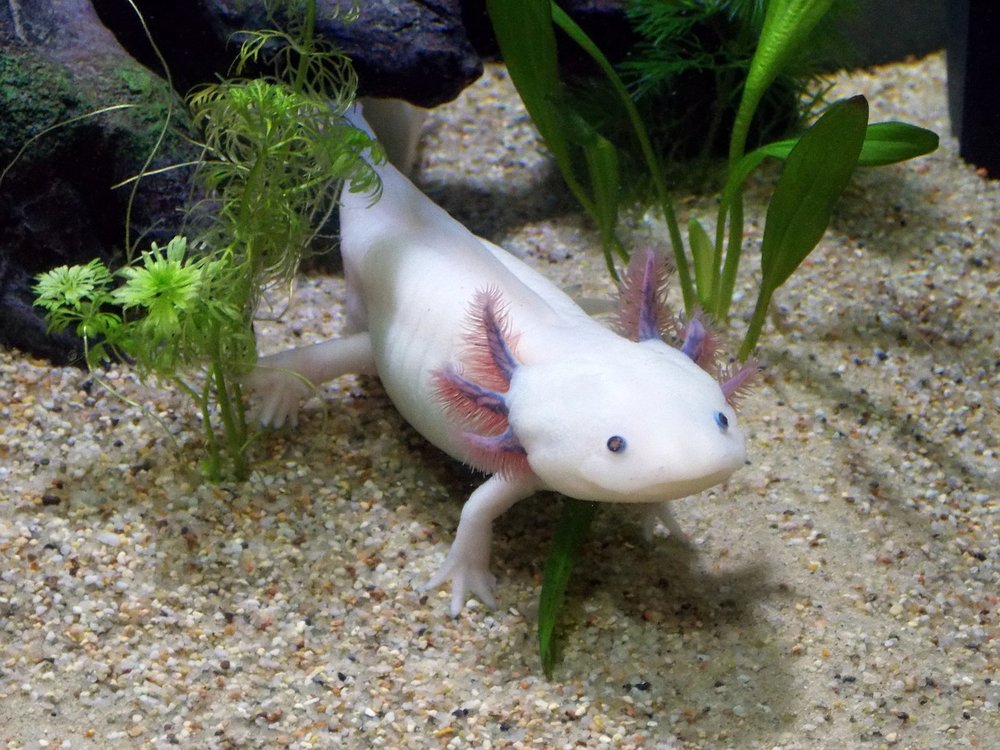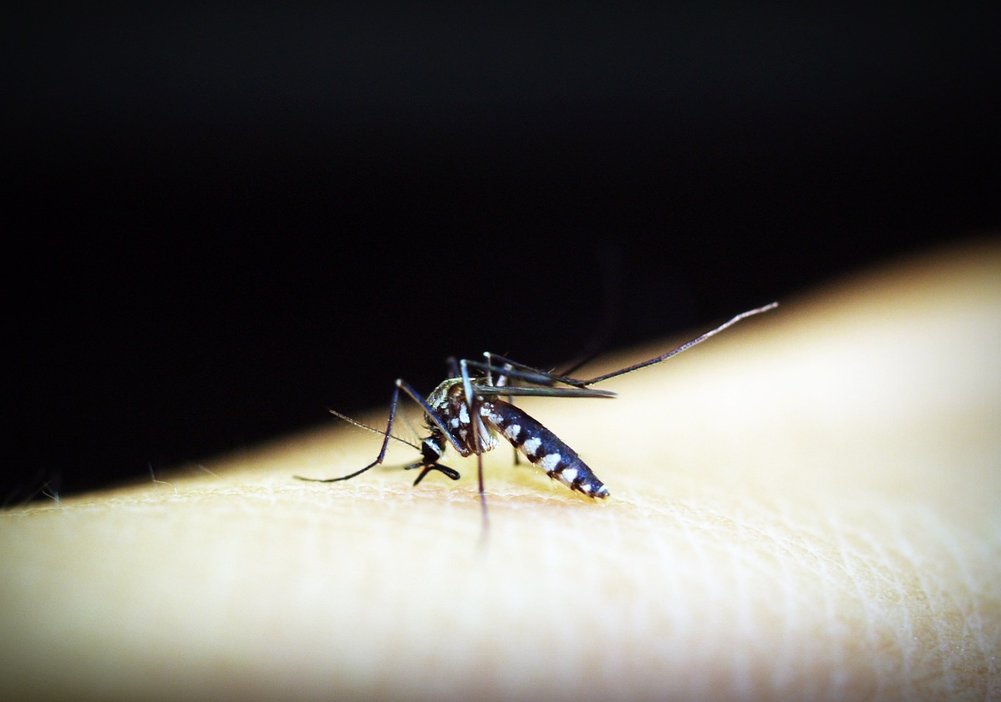Meet Jan Hellemans, CEO of Biogazelle, focused on unraveling the coding and non-coding regions of the genome.
“There is more non-coding RNAs in a human cell than protein coding genes. So actually we’ve been ignorant about this very important part and this is the area into which we want to move.”
MUKUNDH: Hi folks! I’m in conversation today with Jan Hellemans, CEO of Biogazelle, who’s going to share his research journey with us into the big world of small RNAs. Hi Jan!
JAN: Hello.
MUKUNDH: So let’s start. What were your first memories of your fascination with science and research as a child?
JAN: As a child?
MUKUNDH: Or growing up?
JAN: Initially… mainly with space and that kind of science in general, but then later on more genetic engineering kind of things.
MUKUNDH: So lots of Star Trek?
JAN: Not for the genetic engineering: that came later.
MUKUNDH: What was your decision for going for a PhD? How did that come about?
JAN: I wanted to go into research. If you do your studies at university, you come into contact with the labs and it’s an appealing kind of work.
MUKUNDH: So really an organic process?
JAN: Yes it was. Yes.
MUKUNDH: What is your university degree?
JAN: I have a degree in biotechnology and I did my PhD at the Centre for Medical Genetics.
MUKUNDH: Both at Ghent?
JAN: Both at Ghent. Yes.
MUKUNDH: After a lot of us finish our PhDs, there is this “high”, because we’ve been pursuing something for two or three years and when we get there, when we get to that target, then there is the question: what next? What was your thought process during that time?
JAN: Well it was a mixed situation. I was setting off on a spin off at the end of my PhD, so it actually already started before I finished my PhD. I already knew a part of the future, which would be working at the Company (Biogazelle). Initially, the Company was very small, so I was not going to be working there full time. I decided to go into a mixed situation where I would be furthering my research at the University and in parallel working to set up the company at night and then gradually working less and less at the University and more and more at Biogazelle.
The way decisions are made is completely different, especially in a small company where you can make decisions very quickly.
MUKUNDH: What do you think are some of the main challenges when you switch from an academic mode to an entrepreneurial mode to a business mode?
JAN: The way people work is completely different at different companies, or at least at our Company in comparison to the lab I worked at before. The way decisions are made is completely different, especially in a small company where you can make decisions very quickly. At the University you had to discuss decisions with a lot of people and then you had to wait for a long time for decisions to be made. One of the nice things about moving from academia to a commercial environment was that you could be more efficient in your decision making. But I guess that might not be solely related to academia versus business: it’s just that at a small organization you can make efficient decisions.
This is the route we are going.
MUKUNDH: What would your advice be for someone looking to do this, to kind of parlay their research into something that they would want to do as a business, like a PhD student or a post doc? Do you have any advice on the process of doing that?
JAN: It’s different. You can do research in companies as well, but it’s a different environment. It feels like in academia, to be respectful, you can play around more, test things out and look where ever you want to go, whereas in a company the situation is more often like “this is the route we are going.” So it is a different way of working and you need to decide for yourself what you feel comfortable with what would you want to do later.
MUKUNDH: Is it more of an attitude or an energy issue with the two different setups?
JAN: I think it’s an attitude and approach, the way you approach things.
MUKUNDH: OK, now coming to small RNAs which is where you do most of your big work now. What are your thoughts on the next 2-5 years in this field as it comes to having all these fancy toys for next-gen sequencing…? What are some of your thoughts on the applications, what are you seeing now and where do you think we’ll go from here?
There is more non-coding RNAs in a human cell than protein coding genes. So actually we’ve been ignorant about this very important part and this is the area into which we want to move. It is a new area that was fairly inactive for a long time, but now we see a lot of opportunities popping up over there, interesting opportunities, but there are also major challenges in dealing with that.
JAN: Where we are moving to with the Company is into non-coding RNAs, so indeed, as you indicated, small RNAs are a part of that, but also part of long non-coding RNAs. So basically for a very long time people have been working in the area where you have a gene that has been transcribed into an mRNA, a protein, and that was how it was thought a cell was operating, but apparently there is more non-coding RNAs in a human cell than protein coding genes. So actually we’ve been ignorant about this very important part and this is the area into which we want to move. It is a new area that was fairly inactive for a long time, but now we see a lot of opportunities popping up over there, interesting opportunities, but there are also major challenges in dealing with that. Indeed, we have nice in-house sequencing instruments and technologies that allow us to work with (non-coding RNAs) and learn more about them. On the other hand manipulating those long non-coding RNAs is another challenge. We do not have the same set of tools for long non-coding RNAs and micro RNAs that we do for messenger RNAs.
So there are a number of formats that are universally accepted, but what is the best tool to analyze the data? We still see new papers with alternative improvements, so I think we will see further improvements and development.
MUKUNDH: So eventually do you think there will be a lot of cross-platforms and standardization and normalization of the different kind of methods, especially when it comes to data handling after you generate your reads, and so on? A lot of people are using their own flavor of things, especially in smaller labs. How do you then integrate data coming out of more established setups, such as those that you run at your company?
JAN: I am not sure how to answer that question. I think RNA sequencing especially is a technology that is maturing and evolving, so I think the future will tell us how it’s going to work. Even for more established technologies, such as qPCR, standards have been proposed but are not being used universally, and that technology has already been established for a long time. I think it will take a while as there are a number of formats such as bam files. So there are a number of formats that are universally accepted, but what is the best tool to analyze the data? We still see new papers with alternative improvements, so I think we will see further improvements and development.
I think RNA sequencing especially is a technology that is maturing and evolving, so I think the future will tell us how it’s going to work.
MUKUNDH: Quite a steep way to go?
JAN: I think so yes.
MUKUNDH: OK, wrapping things up here. Do you have any words of wisdom for our listeners, struggling at various stages of their career, such as PhD students, post docs or early career scientists?
JAN: Well at least in our country I see that a lot of people decide to do a PhD and they look at it as an end goal. Looking at it, after having completed a PhD myself, I think that as a student you need to decide to start a PhD and then think beyond your PhD. You have to think about what you want to do later on. A PhD is just an intermediate step that you can go through and it is not an end goal in itself. I guess that would be my advice for students: think beyond the PhD.
MUKUNDH: Great Jan. Thanks for sharing your thought process today.
JAN: Thank you.











